The final budget of President Obama’s tenure was released this week. Coming out on Fat Tuesday was appropriate considering the package was 2,383 pages long, recommended spending $4.1 trillion,
The bill technically adheres to caps agreed to for fiscal year 2017 in the Bipartisan Budget Act agreed to late last year, but also employs some gimmicks to evade the caps. The most obvious one is the continued reliance on a slush fund, the “warfighting” Overseas Contingency Operations (OCO) Account. Fully one-third of the Army’s Operation and Maintenance spending is in OCO which is as laughable as it is ridiculous. This money is off-budget so by moving base funding into OCO, the Pentagon is able to spend more in the capped base accounts.
But the budget doesn’t stop there. In transportation spending, billions of dollars are moved out of discretionary and into the mandatory side of the ledger. The budget does reduce the discretionary cap by the amount that would have been spent on these items under the rules. However, once these programs migrated over to the mandatory side, they were increased by billions of dollars more through the new $10.25 per barrel oil tax. Which brings us to another point. The President simply proposes to drop the Budget Control Act spending caps for the years after 2017. To accomplish this he offers a litany of previously rejected pay-fors.
While all this is not fiscally responsible, it is also not that surprising. Presidential budget requests are political documents. They don’t write checks, they don’t actually spend money from the Treasury. Republican and Democrats before this President have used them to highlight new initiatives or create political pain for the other party. One of the most common refrains you’ll hear about any President’s budget is that it is dead on arrival. And the last budget from a lame duck President facing a Congress controlled by the opposition? Well, you get the point.
That doesn’t mean there aren’t particular areas worth the exploring. The budget does call for an end to the Mixed Oxide Fuel Fabrication Facility, a wasteful, billions of dollars over budget project that should have been cast aside years ago. There are modest cuts to crop insurance, and yet again, the President is cutting Corps of Engineers spending and requiring the barge owners using the nation’s inland waterway system to at least contribute a little something to the system’s maintenance. But it’s up to the President to fight for these cuts with the little political capital he retains.
There are also other areas worth exploring in the wasteful direction. The Department of Agriculture is bound and determined to expand subsidies for biofuels like ethanol despite explicit Congressional opposition in the recent Farm Bill. Fully 40 percent of the Pentagon’s Major Aircraft Acquisition dollars are going to the F-35! That’s a $10.5 billion worth of eggs in a big basket. The plane that ate the Pentagon indeed (all of the Air Force combat aircraft acquisitions for the last five years have been on the F-35). And remember the Title XVII loan guarantee program – the one that put taxpayers on the hook for the Solyndra bankruptcy? Well the administration doubled down on the program adding $4 billion. And you can bet they will be rushing out loan guarantees before the end of the year. Speed kills when you are trying to evaluate the budgetary risk of projects funded under this program.
There’s lots more and we’ve been digging through the package all week. You can read about what we found here. And we’ll keep adding to it. Congress is promising to take up its budget resolution very soon so we’ll have more to look at and some sense of where the budget fault lines lie on either end of Pennsylvania Avenue. And, hopefully, areas where they can be in agreement, so that the dozen spending bills that fund government can be done individually and on time for the first time in more than two decades.

.png)
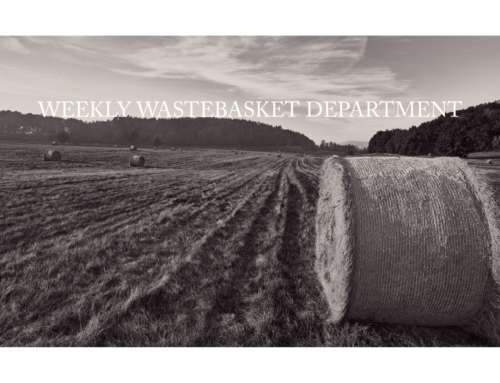

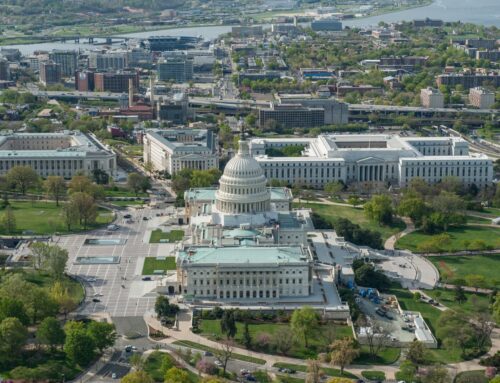


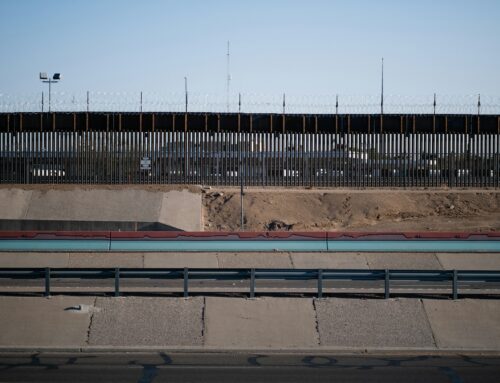



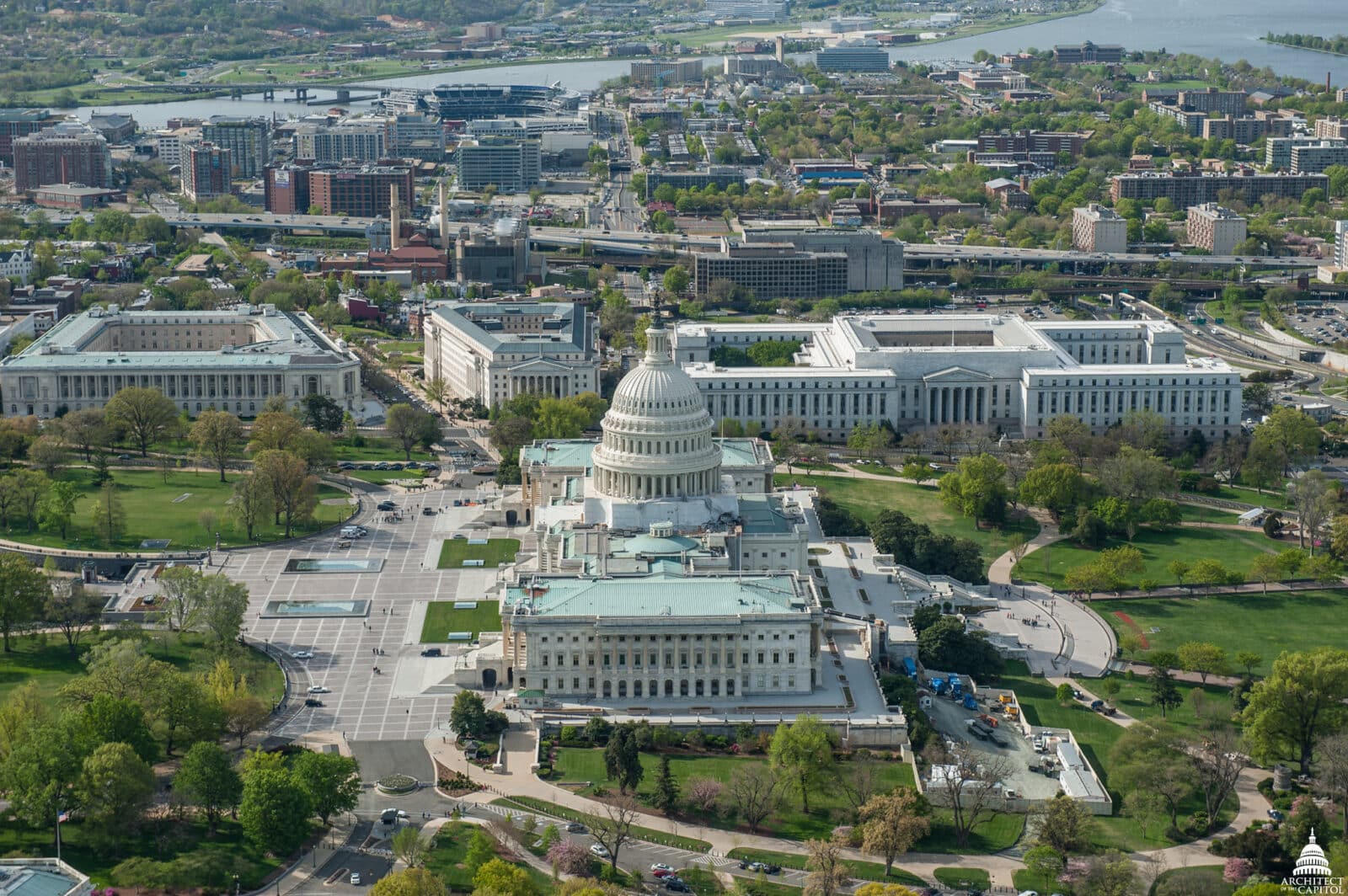
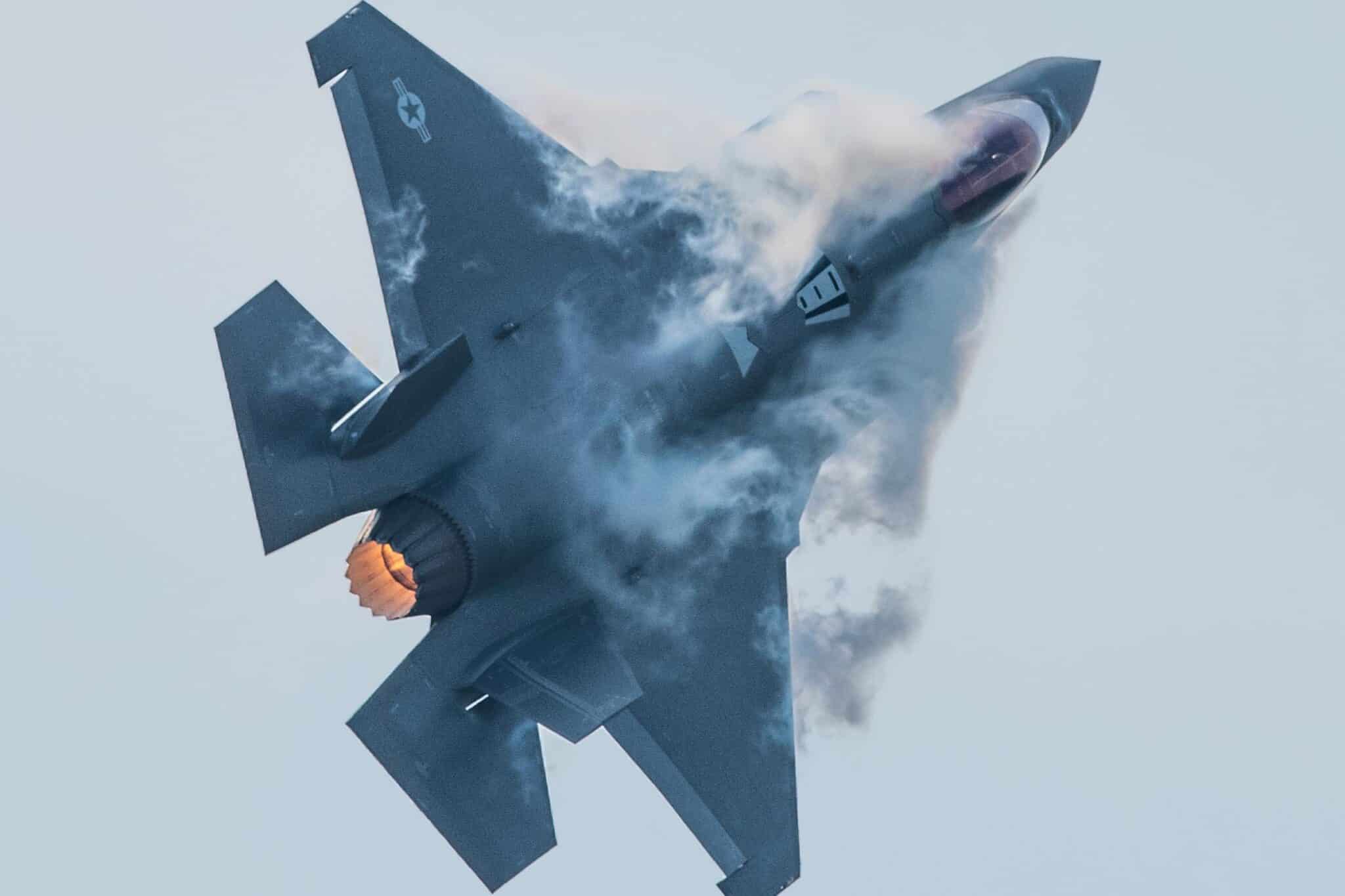

Get Social